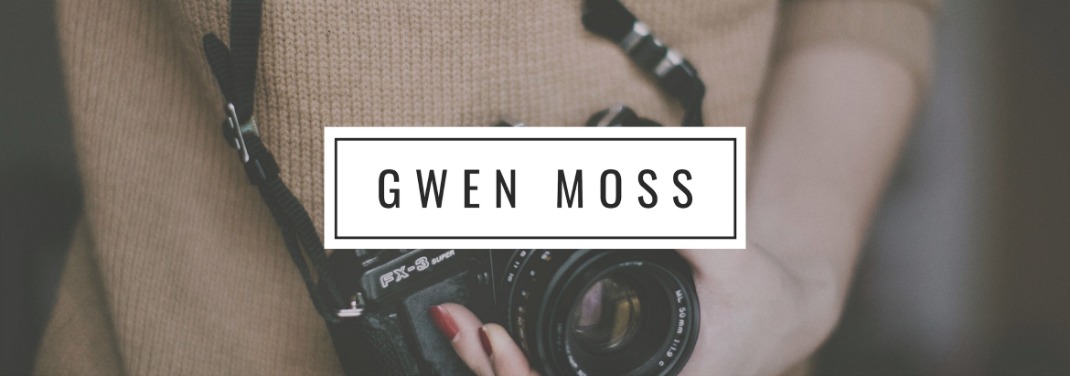Hello friends, since I'm down with a bad cold today I thought I'd post some photos for those of you who like to see DIY projects.
This is my latest.
I had posted this picture on my IG the other day, but it wasn't really finished because I decided to add a "lip" on the ledge afterwards. Just to keep the art from sliding off.
I'm like that. I sort of figure things out as I go along.
If you're thinking of adding some architectural interest to one of you walls, here's what I used:
I'm a visual person, and when I'm looking at a lot of DIY measurements and instructions I find it intimidating. Show me pictures! I especially like to see the wood pieces of a project before they're assembled. Maybe this is helpful for you too.
I chose to use basic 'common boards' for this project since I was planning on painting them. Plus, I already had these 1X4s leftover from another project, so why not use them?
I found the panels on the same aisle as the beadboard and as you can see, it's plain and smooth. Here's a close-up look of the thickness of the panel--after I cut the height down.
I only needed one 1/4" panel for this wall.
First I decided how high I wanted the picture ledge to be.
Then I measured, cut and leveled the panel on the wall. It wasn't long enough but that was ok, because the 1x4s at each end would cover the gaps. All I did was center the panel. (thanks Dad for solving this problem for me)
I added two additional vertical (1x4) pieces in the middle, using my trusted level the whole time.
Before I nailed the panel to the wall I also needed to cut out the space for my electrical outlet. After I bought a new blade for my jigsaw it went perfectly.
I had planned on using wood glue on the panel, before the nails, but I totally forgot. That's what happens when you work alone, I know if my Dad was here that wouldn't happen. But luckily since it was a small area, the panel adhered to the wall easily.
Before I nailed the vertical 1x4's into the panel I decided to roll on three coats of white paint. Then I would only need to touch up afterwards.
I only needed one 1/4" panel for this wall.
First I decided how high I wanted the picture ledge to be.
Then I measured, cut and leveled the panel on the wall. It wasn't long enough but that was ok, because the 1x4s at each end would cover the gaps. All I did was center the panel. (thanks Dad for solving this problem for me)
I added two additional vertical (1x4) pieces in the middle, using my trusted level the whole time.
Before I nailed the panel to the wall I also needed to cut out the space for my electrical outlet. After I bought a new blade for my jigsaw it went perfectly.
I had planned on using wood glue on the panel, before the nails, but I totally forgot. That's what happens when you work alone, I know if my Dad was here that wouldn't happen. But luckily since it was a small area, the panel adhered to the wall easily.
Before I nailed the vertical 1x4's into the panel I decided to roll on three coats of white paint. Then I would only need to touch up afterwards.
Not having to paint around those vertical pieces made it so much quicker!
close up of the picture ledge:
Since it was in my little dining nook I didn't want a big ledge, I thought 2 1/2 inches would work fine.
Here's a close-up after I added the lip to the ledge. I still needed a final coat of paint and caulking but you get the idea.
The best part of this project is that it looks great without any art at all. I love the simple all-white background too.
I'm really happy with how it turned out. It gives me a lot of flexibility to change things around, especially for the holidays. If you have an open floor plan without a lot of wall space this is a good idea for you too.
I sure hope you're staying healthy, I was doing so well until this last weekend.
Have a great week friends, and thanks for stopping by!
xo
Leslie
Joining these friends:































